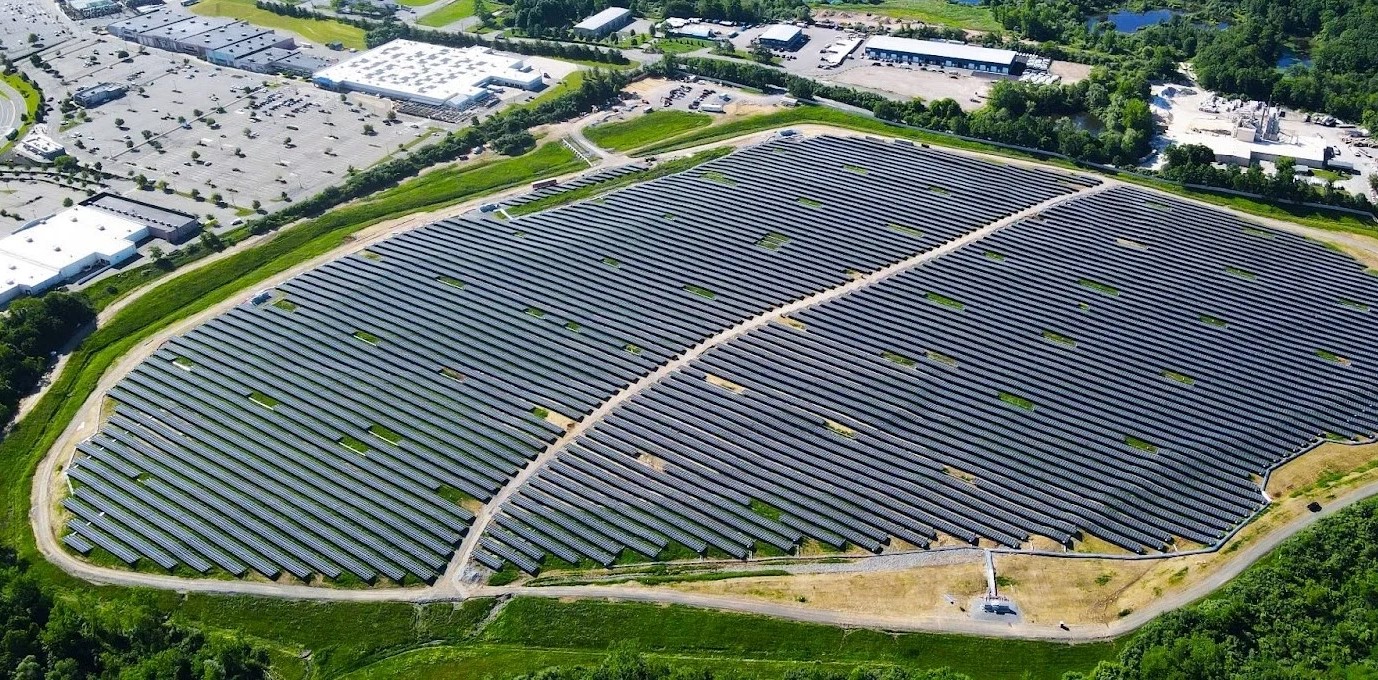The land for the solar project installation is getting limited. To solve this problem, the officials of the city of Annapolis came up with a solution- landfill solar projects. The officials are trying to utilize the old municipal garbage dump for the installation of solar farms.
In 1993, a landfill of about 62 acres (25 hectares) stopped working and remained unused. However, today, the site has been transformed into a solar energy farm. Over 50,000 solar energy modules cover the land, with a total capacity of 18 megawatts (MW).
The landfill solar farm is an exemplary project across the United States. The U.S. government is launching new federal funding to support solar power projects, even on brownfield sites like landfills.
Completed in 2018, the Annapolis site held the title of the largest landfill solar project in the United States. However, more cities are realizing the potential of converting old landfills into solar parks.
These landfill projects can help cities in achieving their renewable energy goals, lowering local electricity costs, and generating additional revenue for municipal budgets through the leasing of unused land.
In recent years, the number of landfill projects is increasing in the U.S. There are at least 10,000 landfills across the United States. After analyzing 4,300 landfill solar projects, the report showed that these solar farms can produce 63 gigawatts (GW) of electricity, enough to power 7.8 million U.S. Homes.
The Federal Solar Incentive for Landfills:
According to data from the U.S. Energy Information Administration, renewable energy sources are fulfilling about 21% of electricity demand in the United States. President Joe Biden has set an objective of developing a power sector free from carbon emissions by 2035. However, the shortage of land for solar installation is the biggest challenge in developing a sustainable future.
It is also planned to reduce the carbon footprints in The city of Ann Arbor, Michigan by 2030. Currently, there are approximately 300 landfill solar projects across the United States.
There will be significant growth in the number of solar projects with the new federal solar incentives for landfills and other industrial areas. The local economy is likely to improve with federal incentives for landfills.
The availability of state and federal funding plays a crucial role in order to build landfill solar projects. It may be more cost-effective to build a project in an open farm but the benefits of utilizing landfills for solar projects are far greater.
In conclusion, the transformation of landfills into solar parks is a remarkable opportunity for sustainable energy generation. As cities recognize the potential of repurposing these landfills, there will be an increase in the number of solar installations. With state and federal incentives, there is a potential for renewable resources across the United States.

